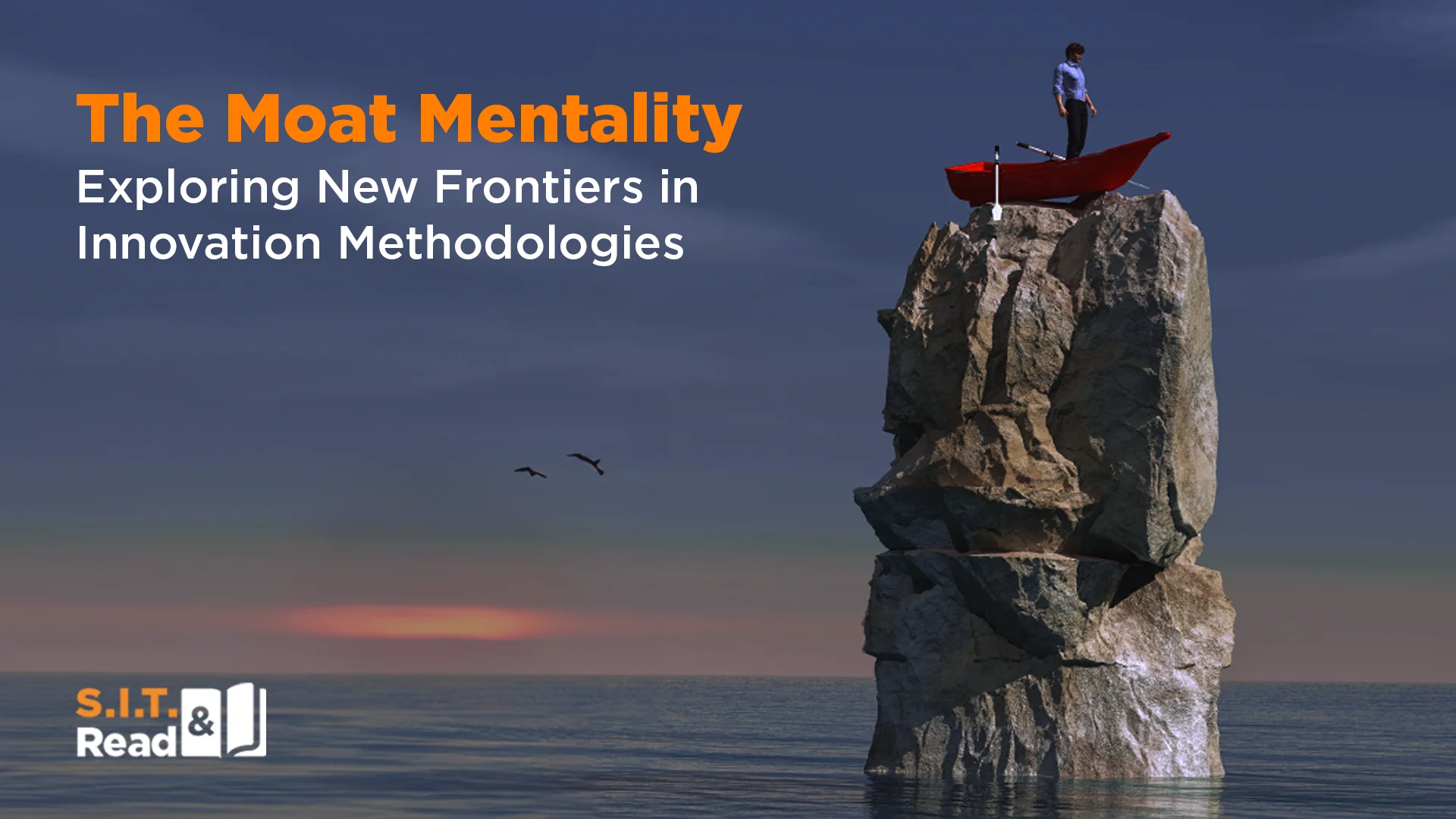The Moat Mentality: Exploring New Frontiers in Innovation Methodologies


In investing and business strategy, we often speak in terms of moats. Warren Edward Buffett often uses it, as he loves companies with strong moats. In the book “7 Powers” by Hamilton Helmer, he refers to moats also as “Powers.” There are several types of moats, including cost advantages, economies of scale, brand, network effects, patents, and customer switching costs, which refer to a company’s competitive advantages that make it difficult or costly for customers to switch to a competitor.
All these create a barrier to entry for competitors, allowing the company to maintain a competitive advantage.
Consider the traditional image of a castle surrounded by a moat. This moat acts as a formidable barrier, making it challenging for outsiders to penetrate its defenses. In business, a similar dynamic is at play. A company with a robust moat, metaphorically speaking, is less vulnerable to market fluctuations and competitive pressures. Such a firm can exert greater control over its pricing, business models, supply chain decisions, payment terms, and even the quality of its customer service.
This metaphor extends to our interactions with businesses in daily life. Often, we don’t realize that our ‘independent choices’ are influenced by these invisible business moats, limiting our willingness to seek alternatives. For instance, consider the inertia you might feel when thinking about switching banks, moving from one CRM system to another, or changing cloud service providers. The cost and effort involved in such transitions often discourage us from exploring other options, even when better ones may exist.
So why am I writing about imaginary castles with moats?
Talking with our prospective clients, we sometimes hear that although they are very impressed by SIT Innovation – Systematic Inventive Thinking ® or other methodologies for innovation and strategy, they are invested to their teeth in Design Thinking. They explain that the organization has trained many people in DT, the teams speak the DT’s lingo, and so bringing another methodology in is almost impossible, like switching between an iPhone and an Android device.
They want to have better results, and they know that if they wish to get different outcomes, they need to switch between methodologies, but the moat of their existing investment in Design Thinking is preventing them from exploring new methodologies. They become paralyzed by change. Talk about breaking fixedness.
We all have been there at some point, facing the challenge of letting go of what is familiar and venturing into the unknown.
The lesson is universal: don’t let your investments, whether in methodologies, technologies, or processes, become a moat that hinders innovation and growth.
Look beyond the moat and consider the potential benefits of exploring new solutions that could lead to improved results and outcomes. If you are so attached to your current methodology or technology that you refuse to consider alternatives, you may be missing out on opportunities for innovation and progress.
If you think you have found a better solution to your challenges, go for it. Build your own canoe and paddle across the moat. If you desire to achieve different results than the ones you had, start looking around and see if there’s any other solution that you can try and use.
As we begin the new year, you should consider how this year is going to play out for you and your organization and how much the unwillingness to take action could make 2024 look like 2023 or 2022…
Recent Posts
Innovation Behavior
Innovation is a skill, not a gift. Top organizations drive growth by nurturing and investing…
Should you learn TRIZ? – Yes. ….and No.
Are you in the world of problem solving? Is problem solving a skillset you have…
What Lies Ahead in 2024?
5 Data-Driven, Customer-Centric trends we’ve identified This is not just another conventional forecast. Over nearly…
Fork or Chopsticks – Which Innovation Tools Do You Use?
Imagine a chef, who only uses a spoon. Imagine a dentist, who only uses a…
Was it a Breakthrough or an Adjacency?
This year, P&G’s Febreze celebrates its silver anniversary as a brand. But not all 25…
Mapping the Innovation Gap
Once you have a systematic and routine way to innovate, you are confronted with a…


